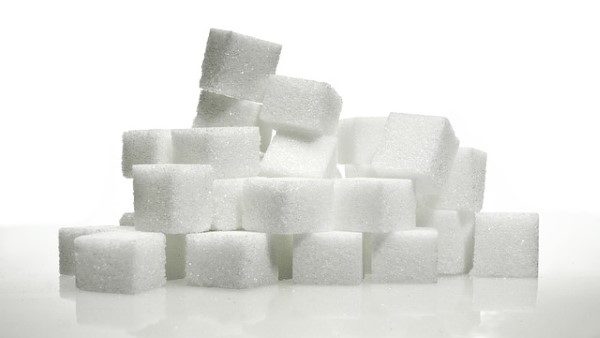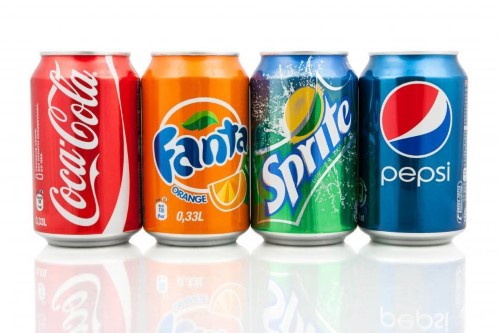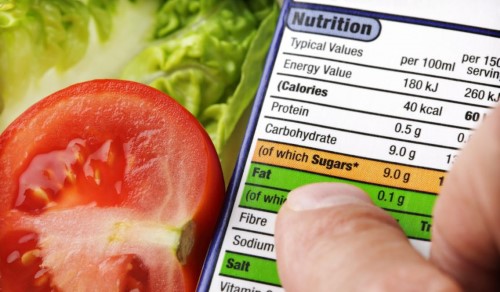Reducing Sugar Consumption

Sugar is one of the most maligned modern conveniences, and for good reason. Nutritionists call the calories in sugar “empty” because the processed sugar typically found in sodas and cookies contains no actual nutrition. The sugar tastes good, but all it achieves – except for food manufacturers – is to pack on your pounds.
A teaspoon of sugar (flat, not heaped) contains about 16 calories. That may not seem like much, but it can really add up over the day, especially if you eat a lot of sweet foods or habitually drink soda and other sweetened beverages.
Even putting aside that craving for something sweet, eliminating sugar entirely is difficult: sugar is found not only in brownies but in fresh fruit, for instance. But barring medical reasons to forgo sugar, you can have your sweet treats in moderation and still maintain a weight-loss trajectory. It’s all about moderation.

Sugar consumption can be habitual: you may be accustomed to sweet breakfast cereal with sugared coffee or tea, followed by a mid-morning cookie and another sugared hot drink, then dessert after lunch and dinner too. You don’t have to avoid all sugar to significantly reduce your daily calory intake; but be aware that your body gains nothing from the sugar except fat and cavities
Theoretical Weight-Loss Formula
You can calculate roughly how much weight you could lose by forgoing sugar.
If we assume that one teaspoon of sugar has 16 calories, cutting out foods and drinks with the equivalent of 10 teaspoons of sugar (typically what a soda can contains) would reduce your daily calorie intake by 160 calories. Cutting 10 teaspoons of sugar for 7 days will theoretically eliminate 1,120 calories.
In short, if you do that for three weeks, you could lose about a pound.
And if you decide to eliminate more teaspoons of sugar per day than that, you will shed excess weight more quickly.
Sneaky Sources of Sugar

Always read food labels, as this will help you identify foods that aren’t sweet but do contain added sugars. For example, condiments such as salad dressing, ketchup, and barbecue sauce contain added sugar, and a lot of it. By restricting these items in your diet, you further reduce how many calories you consume each day.
Labeling will also typically show you how many grams of sugar a serving of each food contains. This will help you choose the foods with the least added sugars.
It bears adding that while drinking water can temporarily suppress appetite, leading to weight loss, eating sugary foods can make you feel hungry more quickly, because of the fluctuations in blood glucose. You may well end up eating more throughout the day overall.
Instead of reaching for junk food or candy when you’re peckish, focus on consuming fiber, protein and simple carbohydrates to gain the nourishment you need and keep you feeling full and energized.
As if weight gain and cavities weren’t bad enough, high sugar intake has also been linked to diabetes, heart disease, and breast cancer. Finally, to lose weight and maintain health, you need to make permanent lifestyle modifications. Sugar is an ongoing problem and will derail any weight loss plan when it goes unchecked.
